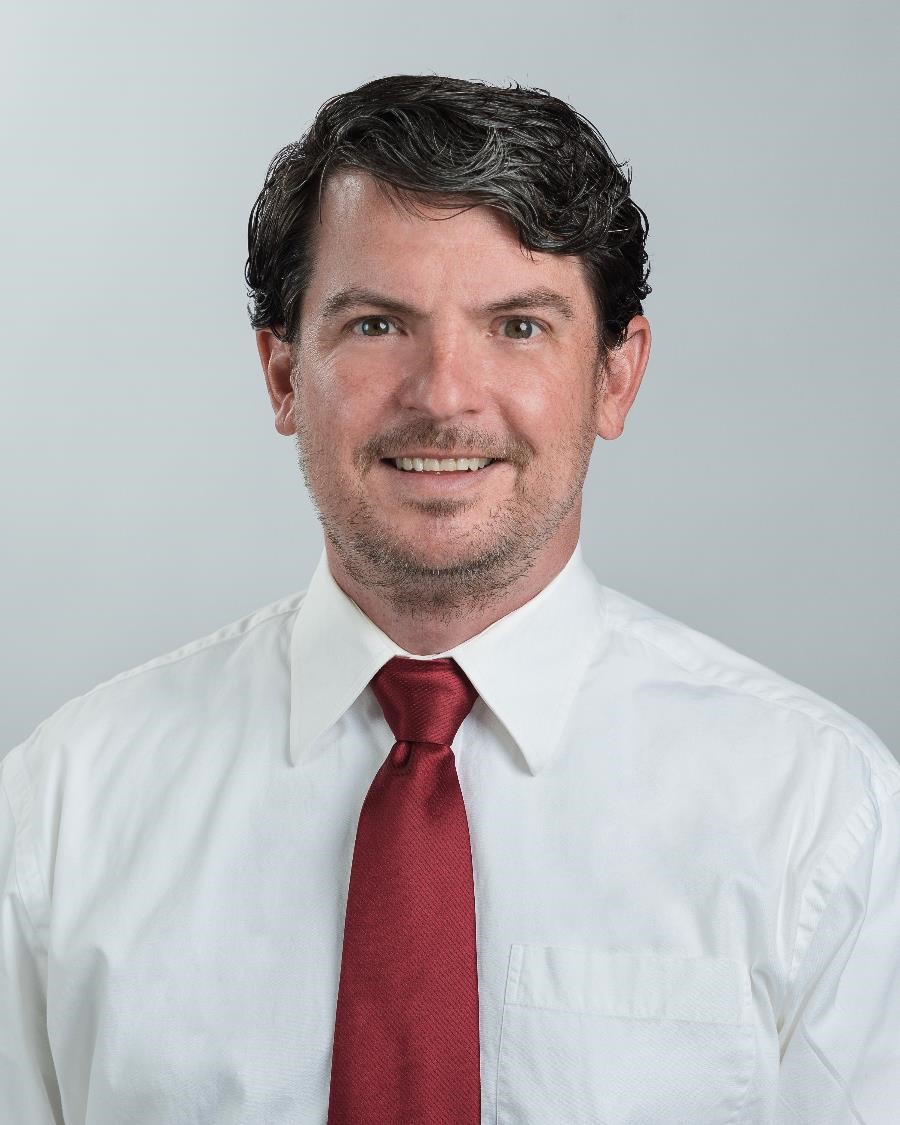Q&A with Julian Meeks, Ph.D.
 Julian Meeks, Ph.D., joined the Del Monte Institute for Neuroscience in May 2020 as an associate professor in Neuroscience. Julian earned his B.S. in Biomedical Engineering from Saint Louis University, and his Ph.D. in Neuroscience from Washington University in 2006. His research focuses on how olfactory cues – conveyed through the sense of smell – including pheromones, guide animal social and reproductive behaviors.
Julian Meeks, Ph.D., joined the Del Monte Institute for Neuroscience in May 2020 as an associate professor in Neuroscience. Julian earned his B.S. in Biomedical Engineering from Saint Louis University, and his Ph.D. in Neuroscience from Washington University in 2006. His research focuses on how olfactory cues – conveyed through the sense of smell – including pheromones, guide animal social and reproductive behaviors.
Tell us a little bit about your research.
The lab is really founded to study the sense of smell, and even more broadly, the chemosensory systems. Chemosensory means sensing chemicals, and that can mean odors that we're familiar with, such as the smell of a flower, a strawberry, or red wine. But it can also mean sensing things like carbon dioxide, or a steroid found in sweat. Chemical sensing is done by neurons and other cells that interact with the nervous system. We study chemosensation starting in the periphery (for example, the nasal epithelium), where chemicals are sensed, and then follow the signals as they travel through the brain. The brain interprets and organizes information from the blends of chemicals so that the animal can use the information to guide its behavior. We’ve also become quite involved in the technology of whole brain microscopy. This is a way to visualize the anatomy of small-animal brains using techniques such as light sheet microscopy and clear tissue imaging.
How did you become interested in your field of study?
Like a lot of people who go into biomedical sciences, there's often a personal motivation for getting interested in studying something difficult. As a person who had a grandfather diagnosed with Parkinson's disease, I became interested in taking classes in neuroscience as an undergraduate; my undergraduate major was biomedical engineering. Over time, I became more and more curious about neurophysiology, and studying chemosensory systems from the physiological and theoretical perspectives are both fascinating. I am also motivated by a desire to learn more about how internal, emotional states can be influenced by the sensory systems and what we experience in the world.
Is there anyone at UR that you're particularly looking forward to collaborating with?
The two that I am most eager to work with are Krishnan Padmanabhan, Ph.D., who also shares interest in the olfactory systems, and Kuan Hong Wang, Ph.D., who studies experience dependent plasticity (learning) in the nervous system. I think there's going to be a great opportunity to start expanding our research from a very basic science-oriented program to one that includes more research into other aspects of chemosensation in mammals and in humans. For example, we're eager to start studying how anosmia (the loss of sense of smell), which happens as a result of traumatic brain injuries (and COVID-19), contributes to difficult comorbidities, such as anhedonia, the lack of a drive to seek pleasure, and depression.
What are your first impressions of Rochester?
It's pretty amazing that we were able to experience a record low and a record high temperature in the same month that we got here! The town itself – we're really going to love. It's great to see that people really make use of all of the openness – all of the public parks and spaces. Even with the lockdown, we can all go out and enjoy nature. And I really like the creative culture, which we hope to explore once it is safe to do so. It's also very clear to tell that this is a music town. I'm not a musician, but I'm sort of music nerd. The music culture here is just deeper and more sophisticated than I'm used to, but I'm really looking forward to being around that.
Originally published in NEUROSCIENCE Volume 6.

